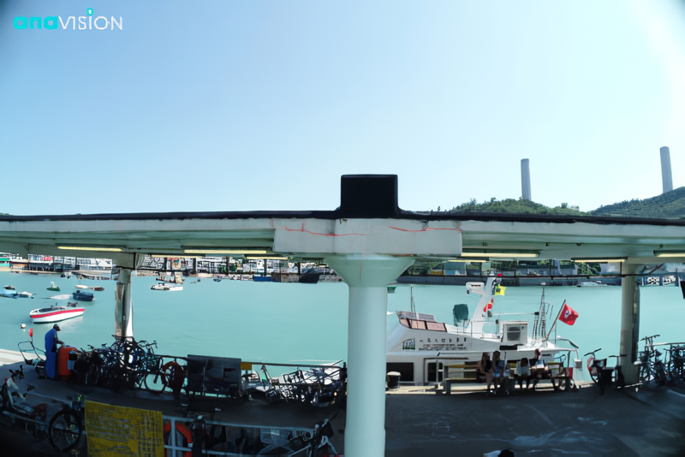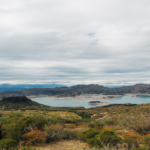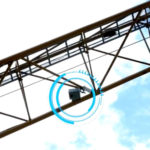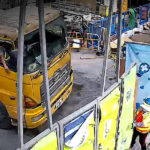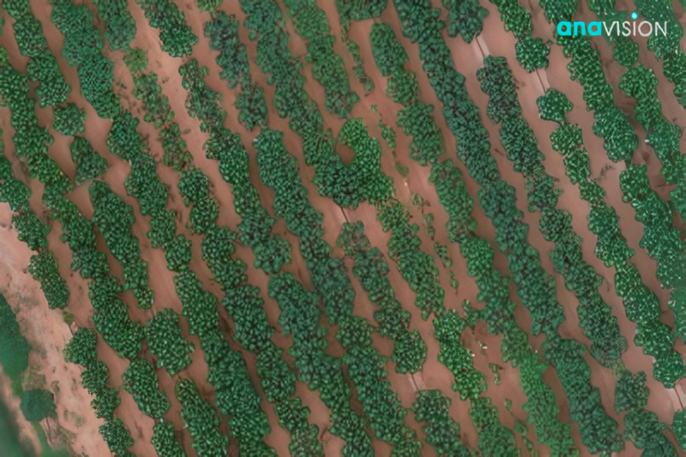Visual inspections of buildings, bridges, and infrastructure must be carried out regularly to do crack detection and ensure the safety of the structure. Crack detection is essential in monitoring as it can let water and other corrosive chemicals penetrate through, and over time it may cause damages to the internal structures, which will result in malfunctioning of the entire building/bridge or even collapse. Therefore, early identification of cracks is vital to maintain the service life of civil and transportation infrastructure.
Traditionally, visual inspection is conducted by manpower while crack type, size, and level of severity need to be identified. This is always a time- and cost-consuming task, sometimes it is relatively dangerous for high areas or locations that are difficult to access by the operation team. There is also a limitation that the objectivity of the results may fall due to the subjective judgment of the inspector.
Introducing Computer-vision Based Crack Detection for Infrastructure Health Monitoring
It is proposed that the use of Unmanned Aerial Vehicles (UAVs), commonly referred to as drones for infrastructure inspection purposes can make the task significantly easier, safer and cost-effective. UAVs provide accessibility and flexibility to fly around complex structures and collect high-quality data.
Anavision currently works with our partners to offer drone inspection solutions for different types of infrastructure such as buildings, roads, bridges, and concrete walls, etc. UAV was deployed to scan buildings or bridges by using both thermal and visual cameras in combination with AI. Our computer-vision based techniques are robust and cost efficient for cracks and holes detection. The captured high-quality images are then stitched together and used to train machine learning and deep learning algorithms, making the process of cracks detection more efficiently.
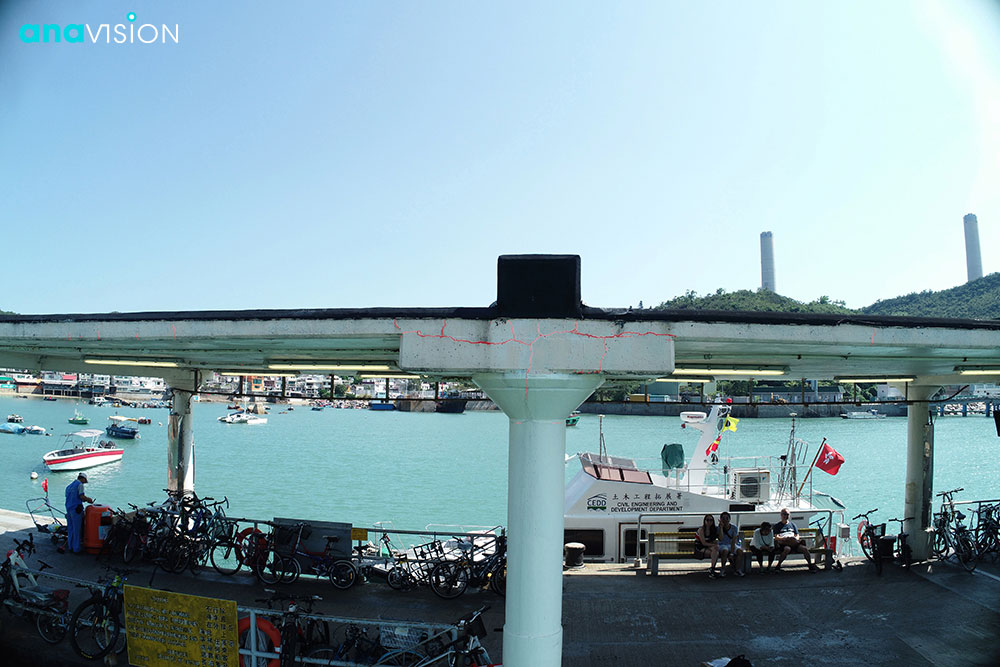
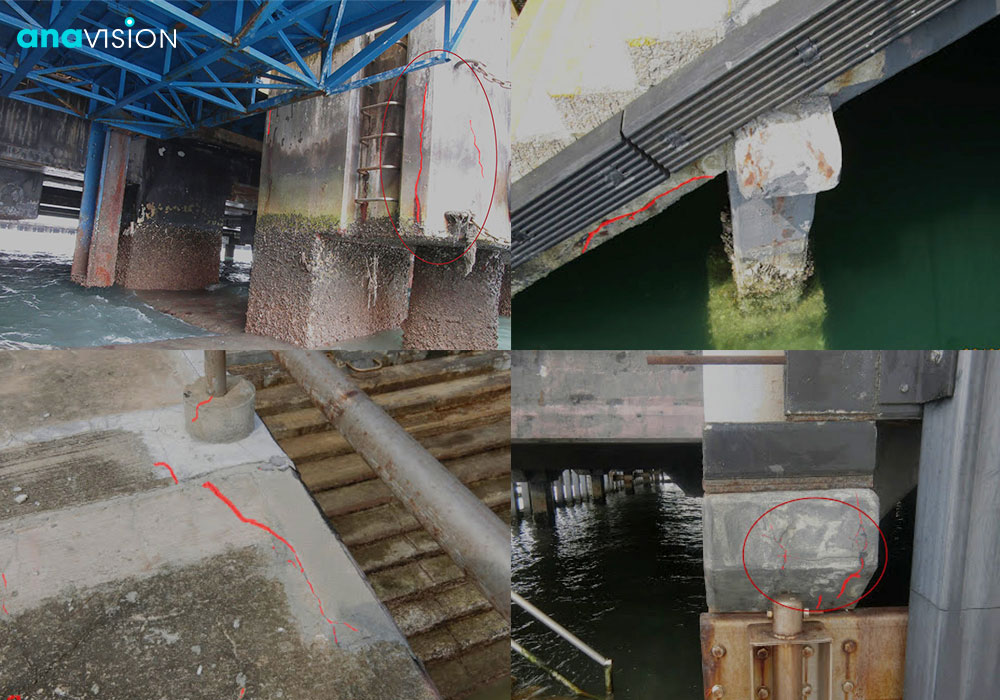
3D models of the building/infrastructure are generated to show the defect locations, to support the operation team with more precise and updated information for decision making and maintenance planning. Future work will focus on further improvements of the detection algorithms to better identify crack properties such as the length, width, and orientation, as well as potential cracks prediction.
We believe that drones’ application in asset management will have unprecedented growth, ranging from infrastructure health monitoring and inspection to disaster management, such as assessment of infrastructure damage after disaster events.
Want to Learn More?
Check out more about our drone solution services for infrastructure today.

